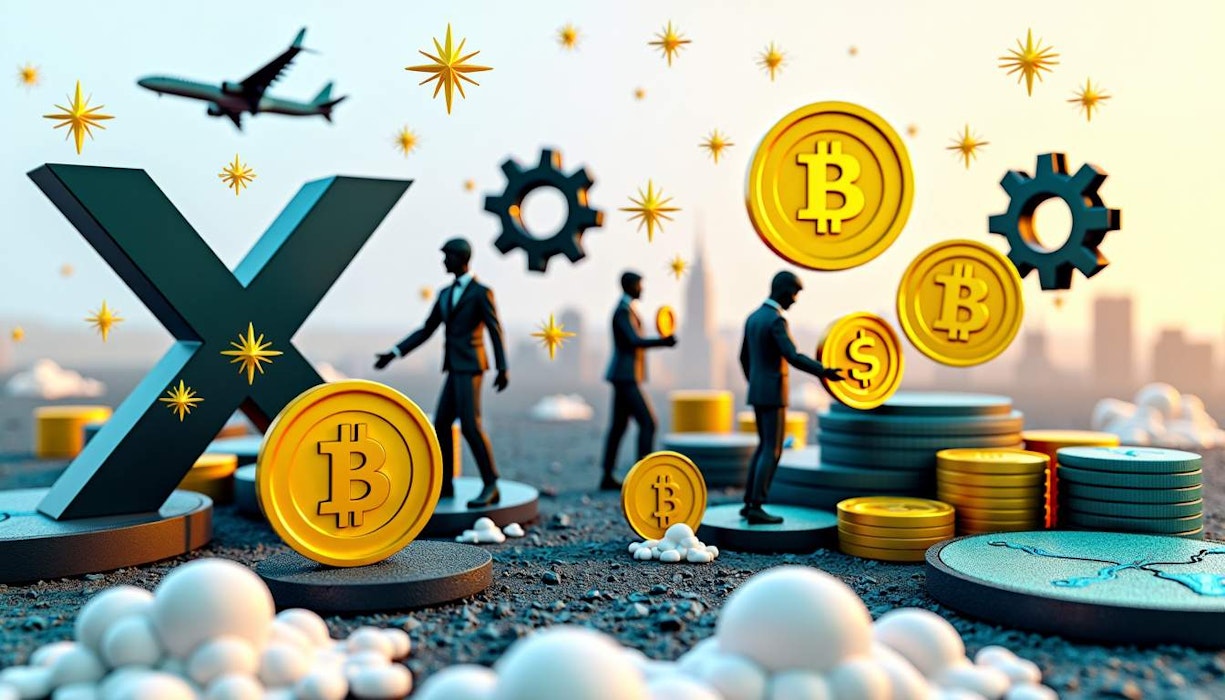XRP's Growing Institutional Appeal
I've been watching the crypto space closely, and one thing that stands out is the increasing interest in XRP, especially from institutional players. The recent comeback of Grayscale's XRP Trust has caught my attention. It's fascinating to see how this digital asset is positioning itself within the financial landscape. But as with everything in crypto, there's a mix of pros and cons.
Understanding XRP's Functionality
What's the deal with XRP? At its core, it acts as a bridge currency within Ripple's framework, making cross-border payments smoother and faster. Traditional methods can be a pain—days of waiting and hefty fees. But with XRP, those transactions are almost instantaneous and cheap as hell.
That said, we have to remember that like most cryptocurrencies out there, XRP isn't exactly stable on its own. Its volatility is part of the game. Interestingly enough, Ripple is working on a stablecoin called RLUSD that might just fill that gap for those looking for stability in cross-border transactions.
Grayscale’s Move: A Closer Examination
Grayscale’s reintroduction of its XRP Trust has been a game changer. It seems like they're tapping into something big here. The trust has already seen an impressive 11.44% increase in net asset value shortly after launch. Rayhaneh Sharif-Askary from Grayscale even mentioned how crucial she thinks XRP could be in real-world applications.
But here's where it gets tricky: while this trust offers a new way for accredited investors to dive into XRP, it also raises questions about market manipulation and the potential risks involved.
How This Affects Crypto Trading Platforms
With all this buzz around XRP, I can't help but think about the implications for crypto trading platforms:
First off, more people trading means more volume and liquidity on these platforms. That’s good business for them but also makes me wonder about their risk management practices.
Then there's market sentiment—if traders see positive movement in one asset class due to favorable conditions or regulatory news (like Ripple winning some battles against the SEC), they might feel more confident diving into other cryptos listed there.
And let’s not forget about new products! With things like Grayscale’s trust popping up left and right, platforms might start offering even more ways to invest in these assets—assuming they don’t get bogged down by regulatory issues themselves.
Speaking of which...
Navigating Regulatory Waters
The current regulatory environment is murky at best. The SEC seems keen on classifying as many digital assets as securities as possible (good luck with Bitcoin). And while some recent court rulings have shed light on certain aspects—like programmatic sales not being classified as securities—it leaves a lot open to interpretation.
One thing seems clear though: if things get clearer and friendlier on the regulatory front, we might just see an explosion in adoption rates across the board.
Wrapping Up: Is There Stability In Sight?
In summary? While Ripple's cross-border solutions heavily feature XRP, calling it "the most stable cryptocurrency" would be misleading at best. Stablecoins are probably your best bet if you’re looking to avoid volatility during your international transactions.
That said, I think it's safe to say that increased trading activity around an asset like this could lead to better overall market conditions... provided everyone knows what they're getting into.
